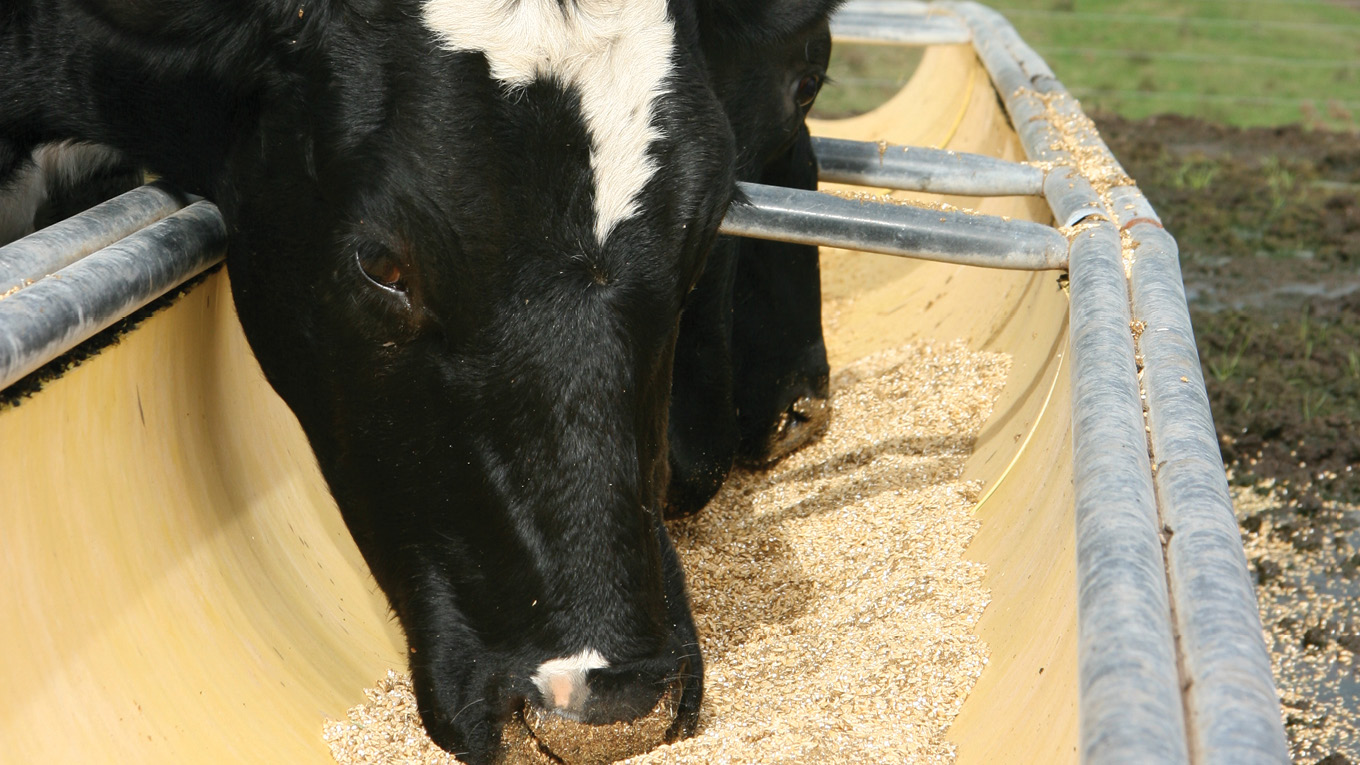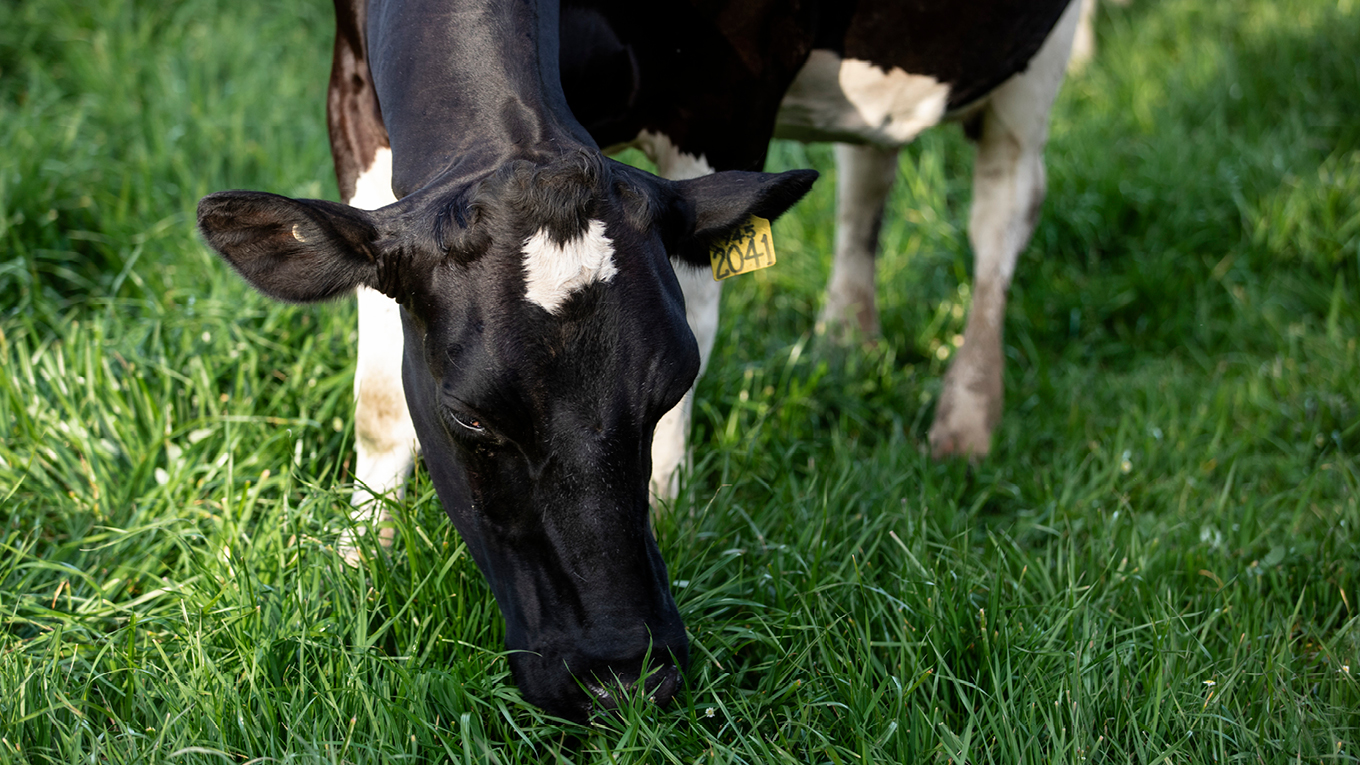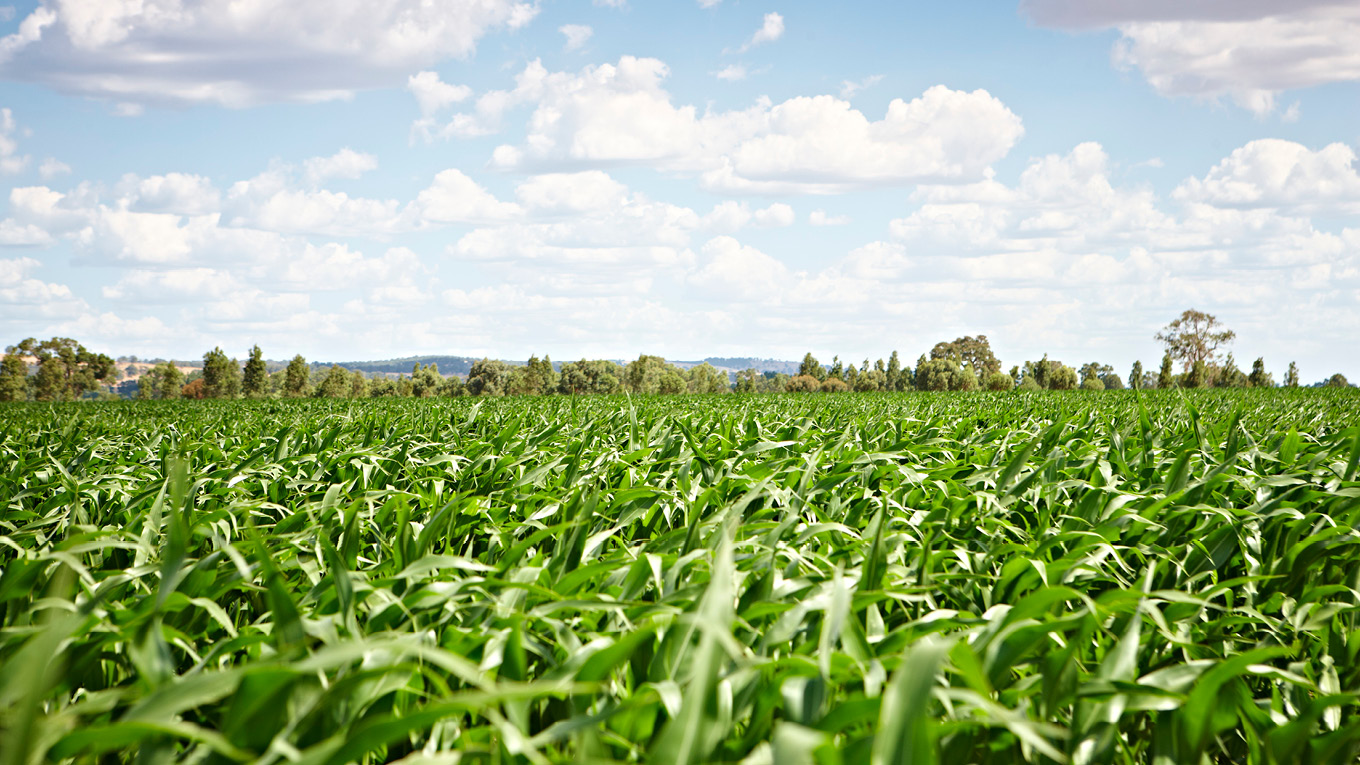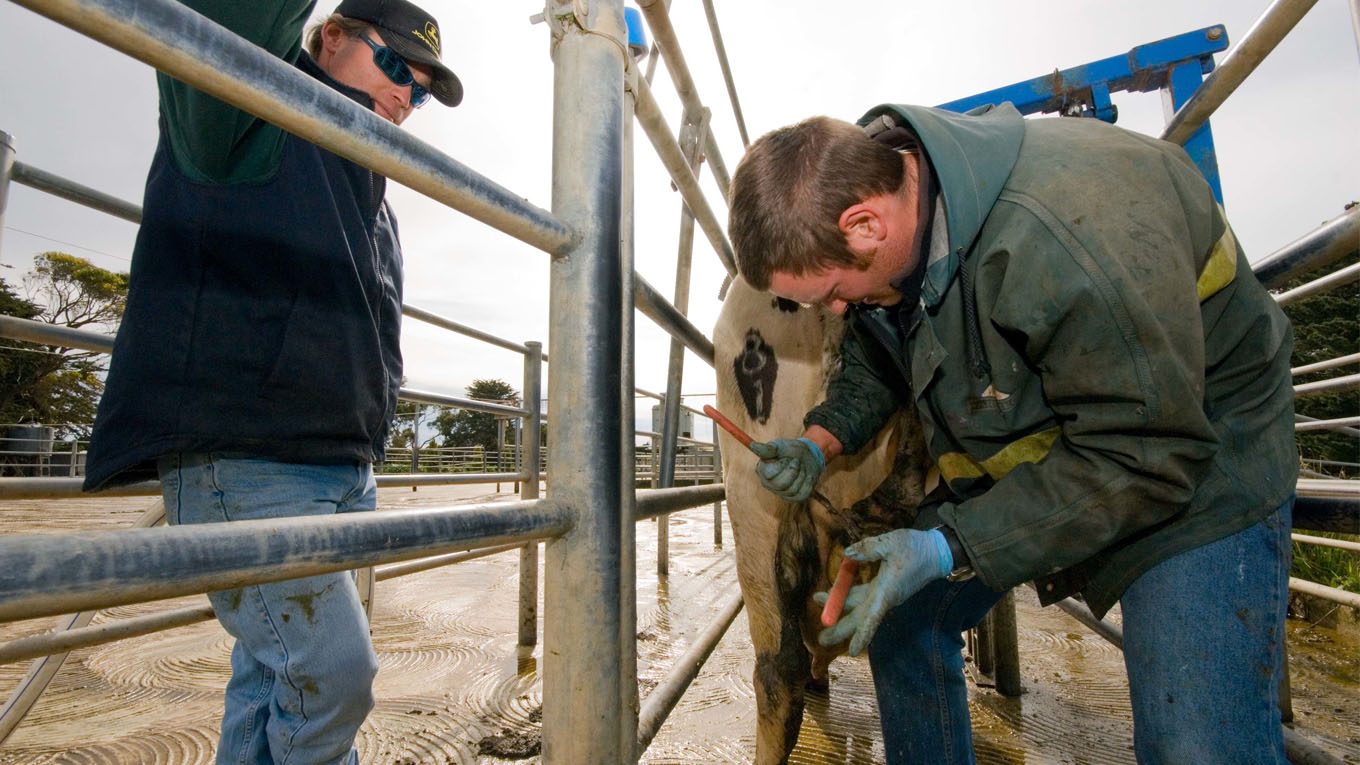Dry Cow Nutrition
On this page
Dry cow nutrition is a key aspect of a cow's health and performance in the following lactation, but is often overlooked.
On most Australian dairy farms, cows are dry for approximately 60 days between the end of one lactation and the start of the next one. Given these cows are heavily pregnant at this stage, it is very important that daily nutritional requirements for metabolisable energy and protein are met.
How cows are managed in the early dry period – the first four to six weeks after dry-off – has a significant impact on both the incidence of cow health problems at calving, as well as their productive and reproductive performance in the next lactation. This period does not include the transition period which is the last three weeks before calving. More information on managing cows in the period is available on the transition cow management page.
A strategy which involves feeding poor-quality fodder to dry cows will definitely result in problems in the long run and ultimately cost more to fix.
Body condition at dry-off
It is possible for cows to gain body condition for the first four weeks after dry-off. This is the last opportunity to get cows in the target body condition score of 4.5 to 5.5 at calving.
Ideally, the herd should be already at the desired body condition score for calving at dry-off and then fed accordingly to maintain that level of condition during the dry period.
However, on many Australian farms, low-quality hay is often fed to cows in the early dry period and these animals can actually lose condition in this period.
Feed requirements in the early dry period
Dry cows eat less than lactating cows. A good rule of thumb is that the daily dry matter intake of a dry cow will be about 2% of bodyweight. For a 550-kilogram cow, that equates to 11kg of dry matter (DM).
However, feed 11kg of poor-quality feed will not suffice. If the feed is very high in fibre, there is a strong chance the cow will not be able to eat 11kg of DM in a day. The dry cow also has a specific daily metabolisable energy (ME) requirement that needs to be met, plus she will require a diet with a crude protein content of 14% to support the development of the late-gestation foetus while pregnant.
Energy consumed in the dry period will be used for maintenance and pregnancy. Cows will also need extra ME over and above this requirement if trying to increase body condition during this period.
Daily ME requirements for maintenance generally range from 60 to 78 megajoules (MJ) of ME per day, depending on the size and weight of the cow. In addition, ME requirements for pregnancy are significant in late lactation, often in the region of 30 to 50 MJ/day.
Therefore, if the daily MJ of ME required is over 100 MJ – which is the case for most Australian dairy cows – and pasture hay with an ME of 8.0 and a crude protein content of just 11% is being fed, the cow will likely only consume 70 to 80 MJ of ME/day, well-short of her daily requirement.
Cows have to work harder to digest high-fibre feed and end up eating less. In this instance, the cow's physiological mechanisms kick in and she will use body reserves to meet the increasing needs of the foetus and lose body condition. These cows will take longer to go back in-calf and are more prone to calving difficulty issues. It is very important to avoid this scenario as it is extremely costly in the long run to your farm business.
Farmers can ensure dry cows are getting enough from their feed each day by calculating the daily ME requirements of these cows. If necessary, topping up their daily diet with 1–2kg of concentrate will add another 12 to 25 MJ of ME per day, which may be enough to ensure these cows maintain good condition and perform better in the following lactation.
When dry cows go down
When the nutritional requirements of heavily pregnant dry cows are not met, they are at risk of going down with a condition called protein-energy malnutrition, sometimes called starvation ketosis. Heifers are particularly susceptible to protein-energy malnutrition and will often be the first within a group to go down. Cold weather also exacerbates the condition.
Symptoms of protein-energy malnutrition include:
- One or more pregnant animals go down
- Affected animals still have a good appetite and are bright and alert
- They are often able to walk away when assisted to stand with hip lifters
- Failure to respond to calcium or 4-in-1 treatment
No abnormalities are usually found when examined by a vet and blood tests are normal. A nutritional intake below requirements supports the diagnosis of protein-energy malnutrition.
The prognosis is very poor for animals once they have gone down, particularly if they are unable to stand or walk for long after being lifted. Therefore, a prompt decision to euthanase the cow should be considered. If treatment is attempted, it must involve good nursing care which includes placing the cow onto soft bedding, provision of high-quality feed and propylene glycol or pink drench supplementation. Inducing the cow to calve is not recommended.
If pregnant cows are going down with protein-energy malnutrition, urgent action is required to increase the nutrition of the remaining animals and prevent further cases. This action may be as simple as feeding 2–3kg of milker concentrate either through the dairy or in the paddock. Cows in light condition may need to be separated from the rest of the group and preferentially fed. During severe feed shortages, culling of some animals should also be considered.



